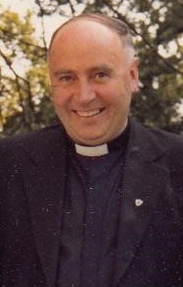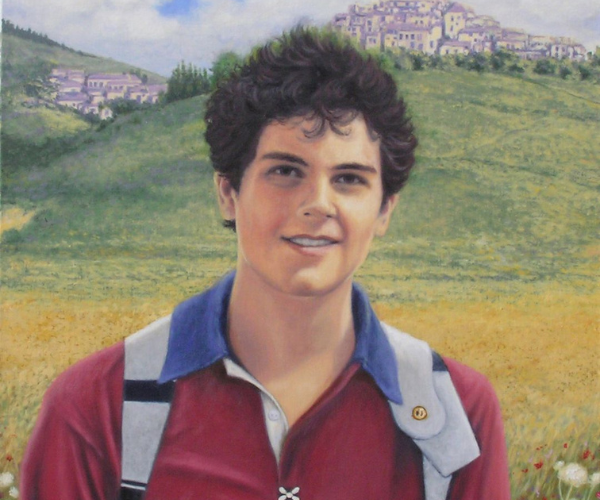
Pioneering community garden shines a light on caring for our common home
Tuesday 7th September 2021A pioneering project that cares for community and common home is inspiring people across the diocese to return to their spiritual roots.
On the outskirts of Oldham is a small corner of creation that is bringing people of all faiths and backgrounds together in a combined mission to care for our common home.
The Parish of the Nativity in Failsworth and Limeside is home to the Bee Together Community Garden, a small space behind Holy Family Catholic Church that has been transformed from an overgrown, unused space into a hub of environmental activity.
This exciting initiative is the latest project to be led by the parish in recent years as it strives to do more to connect with the local community.
After seeing a need to provide mental health support for individuals during the pandemic, as well as the need to take further action to care for the environment, the parish took inspiration from Pope Francis’ encyclical Laudato Si’ and began work on a community garden.
Leading the initiative is parishioner and project co-ordinator Pauline Riley, who agreed to take on the daunting task of clearing the mass of overgrown grass, weeds, and shrubs, to create a beautiful working garden for the community.
Soon enough, Pauline was joined by other volunteers who helped clear the area before getting creative with ideas on how best to use the space.
As the initiative began to attract interest, the Bee Together Community Garden quickly became a real community project, with support flooding in from eager volunteers, as well as much-needed funding and practical support from organisations such as Action Together, First Choice Homes Oldham, National Lottery Funding, The Tree Council, and Oldham Council’s Green Dividend Fund.
Pauline said: “Volunteers are vital to the project we are running. The physical challenges alone are very demanding, and many hands make light work and many heads bring forward lots of ideas.”
Despite challenges presented by the Covid-19 pandemic over the past year, such as difficulty getting materials and funding, enthusiasm for the project remained high and, as restrictions began to lift, work was able to continue, and volunteers soon began to see the fruits of their labours.
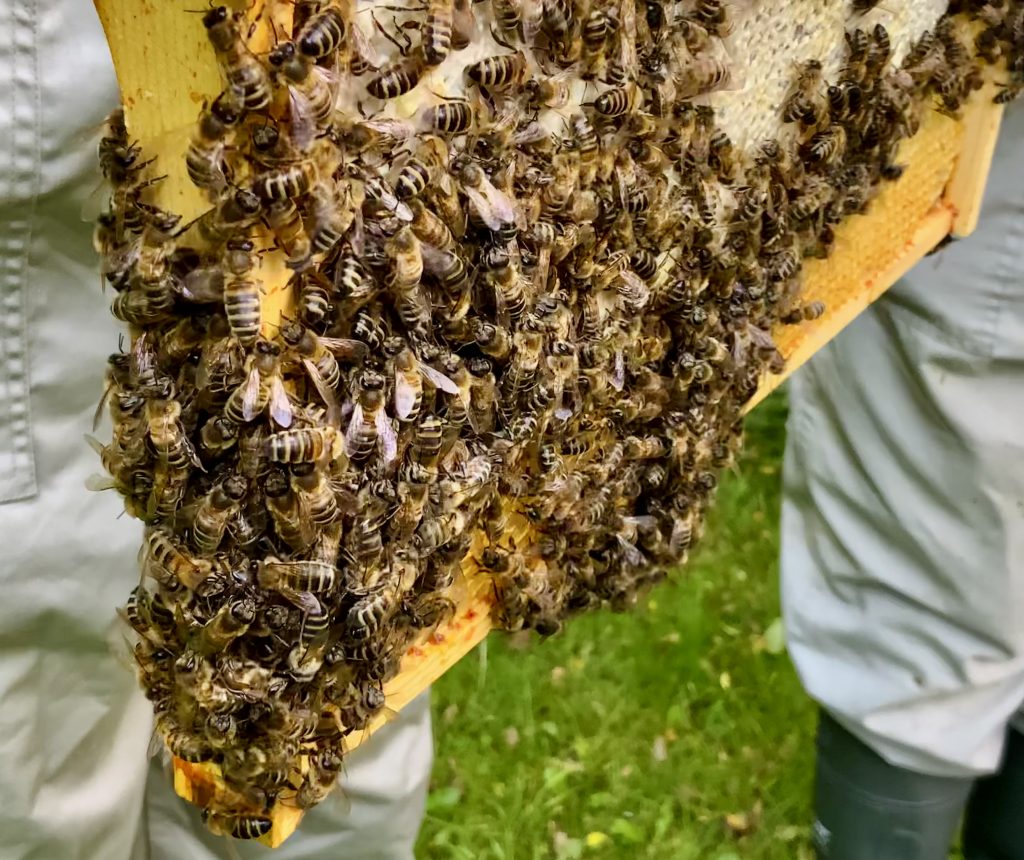
One surprising result came from the garden’s beehives. Home to approximately 150,000 bees, the hives have become a source of real fascination for the community, with volunteers of all ages coming out each week to lend a hand and learn from beekeeper Catherine Charnock.
She said: “We’ve just produced our first batch of honey, which is really good because it’s the first year we’ve had bees here and there was a lot of wax to pull out, so we weren’t expecting any.
“We’ve managed to collect enough for 50 jars, which came as a bit of a shock really – we had to start looking around for jars and finding labels and things!”
Once packaged up, the honey will be available to purchase from the parish’s churches, with funds being reinvested back into the community garden.
In addition to the practical benefits of the project, the garden also offers a unique sense of unity and community; an opportunity for people to connect with others and nature, to reflect, and perhaps learn something new.
Parishioner Angela Crichton only began gardening when she signed up as a volunteer three months ago but through it has discovered a new skill and passion.
She said: “It’s all about the community and getting people working together and doing stuff together, and it’s all about your mental health as well because it’s brilliant for that. I just love getting out and seeing things grow and seeing it all come to fruition.”
Long-serving volunteer Vincent Grimes began working in the garden right at the very beginning and has loved seeing the project blossom and become a vital part of parish life.
He said: “It brings everyone together as a community and brings some normality after the pandemic. It’s really nice to see everybody working together.”
“Without nature, the human race won’t exist. We’ve all got to take nature very seriously because with global warming, we’ve really got to do our bit.”
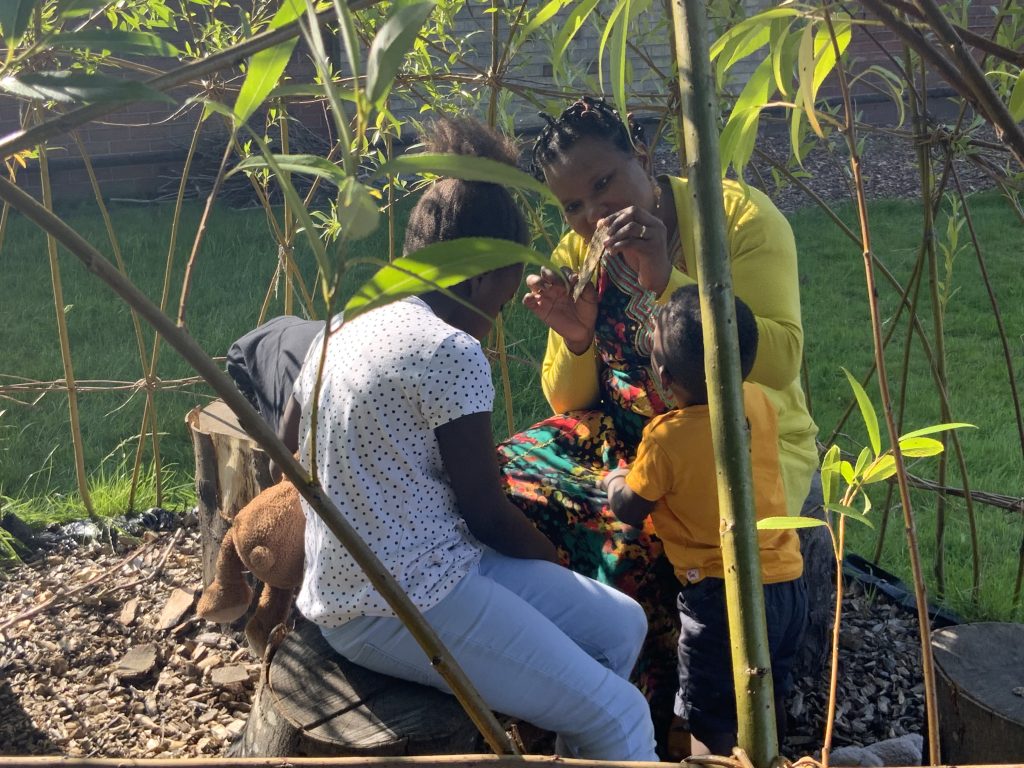
As well as volunteering many hours himself, Vincent also brings along his grandchildren, something project leaders are keen to encourage.
Pauline said: “It’s great to have so many children involved – it’s the future. If we don’t have the children, there’s no future.
“On nice days, the children’s liturgy comes out into the garden. It’s a great way to introduce them to the garden and to teach them about nature.”
In just a small amount of time, the Bee Together Community Garden has become a flagship example of how nature can inspire community spirit, nurture individual wellbeing, and support sustainable living, but it also presents an important pastoral message at its heart.
Fr John Adio, assistant parish priest at the Parish of the Nativity, explained: “This project is in line with what our Holy Father Pope Francis speaks about in his encyclical Laudato Si’.
“It’s about the care for our common home, and the parish and the community has put on this project so children and volunteers can come around and we can teach them that we need to take care of nature.”
Reminding us of the opening passage of Genesis, Fr John talks about the sanctity of creation and humanity’s unique role as its guardians.
He said: “We must take care of the ecosystem. We must care for it all. Look at the example of Saint Francis of Assisi – the man who loved nature so much. Through his Canticle of the Sun, he was able to tell us about God – that God is the one behind everything. In the sun, we see God.
“That is what we are doing here: teaching the children to love God and, even from their infancy, to know that there is a need for us to take care of our common home.”
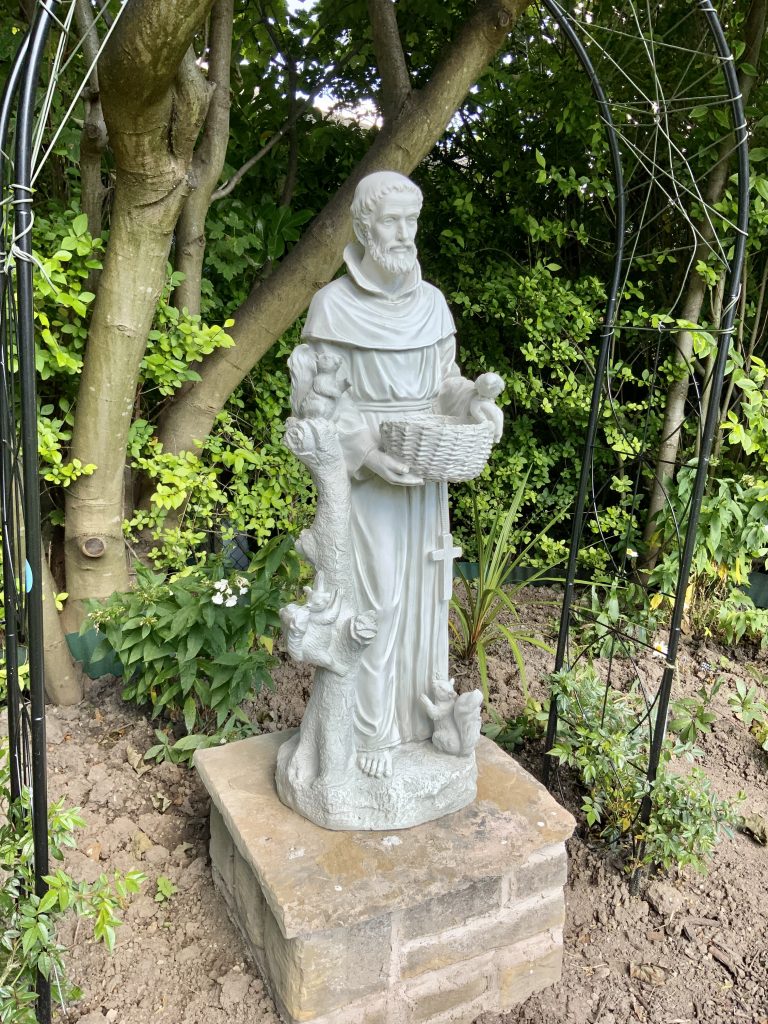
Tagged | Around the Diocese | Catholic Church | Environment | Laudato Si' Centre | Parishes


